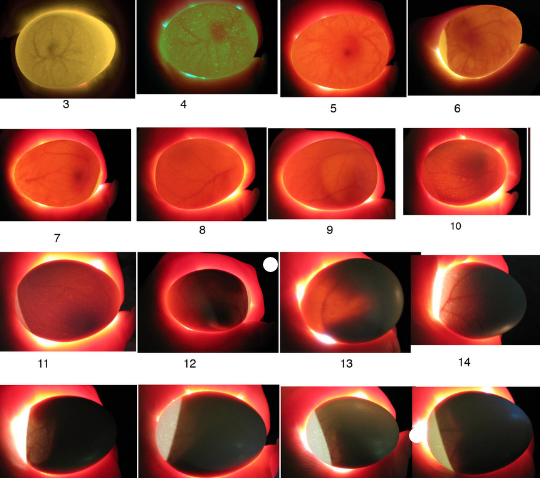Chicken Incubation
It's February, our rooster is crowing, & the hen eggs are fertilized. This is the season of incubation. Spring chickens, if you will.
Ideally, one of our hens will 'go broody' or in other words, her instincts will kick in and she will begin to sit on the nest. But in the meantime, or in the event that she doesn't, we will begin incubating our new hatch of chicks in a small incubator we bought online.
Egg gestation is 21 days, exactly three weeks. Other waterfowl have different gestations and incubation requirements.
Successful incubation for eggs has two main atmospheric components: temperature & humidity
These components change as the incubation process ensues, slowly getting cooler & more humid right up to the hatch.
Days 1-7 38.2 C / 100.8 F - Humidity 50%
Days 8-15 38.0 C / 100.4 F - Humidity 50%
Days 15-18 37.8 C / 100.0 F - Humidity 55%
Days 19-21 37.5 C / 99.5 F - Humidity 65%
Turning the eggs 2-3 times daily, rolling them & flipping them over will ensure healthy development & mobility of the embryo.
On day 21, piping of the egg should begin, a small hole will be poked by the chick and it will begin breathing and chirping to alert the others they can safely begin their journey together. Do not disturb the egg while hatching, even if the chick does not make it out.
Typically out of 10 eggs, 7 begin to hatch, and 5 make it out of the egg. Expect a < 50% hatch rate from the eggs you start with. Remember you don't know if every one is fertilized or if the conditions were right for the hatch.
You can, however, make an educated guess about how many fertilized eggs you have around day 7, through the process of candling. I use my phone light to easily peer through the egg in the dark. As the cells reproduce, veins will be clear across the egg, and eventually the chick will form to a point where the egg will become entirely opaque!
After the hatch the chicks can remain in the incubator to relax and dry off. They're usually extremely tired from their trip out of the egg. For the first two days of their life, they don't need any food or water, as the last bit of the yolk nourishes them.
These first few days are usually the most precarious days of a chick's life. If they look to be struggling, use an eyedropper to feed them a mix of water, honey/sugar, spirulina/chlorella/dried seaweed. This can sometimes stimulate a chick to survive and give them probiotics, sugar, and minerals.


